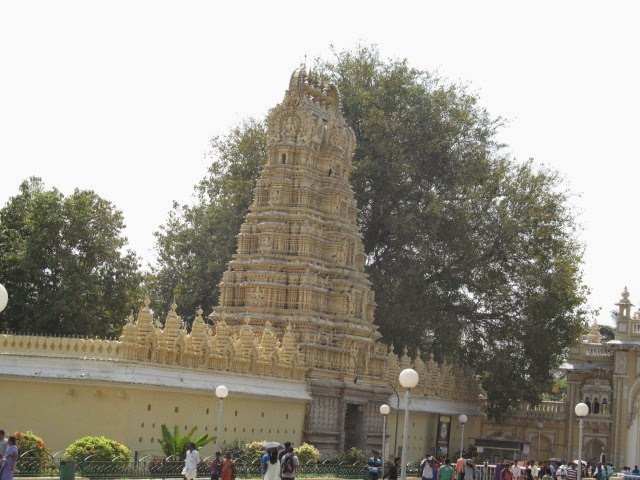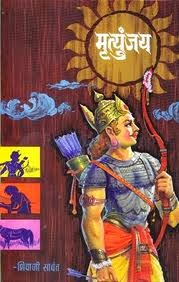Shweta Varahaswamy Temple
 |
| Shweta Varahaswamy Temple, Mysore |
Every incarnation of the Dasavatharam has a significance of its own: the Varaha avataram is associated with pellucid knowledge which is attuned to knowledge. In a Tamil poem written by Andal, she fondly sings of Varaha as: 'the shameless boar with sweat pouring out from its dusty body'. The tale of Varaha observes that Hiranyaksha hid the Earth in the Rasatala regions, one of the seven lower regions of the universe, where no one could trace it. There was no other way to find it other than the extensive use of smell. Hence, Lord Vishnu assumed the form of a boar and retrieved the Earth from the netherworld. The Rasatala regions refer to the place where the demons live. In this story, the retrieving signifies the liberation of the jivatman from ignorance.
The stone idol of Shweta Varahaswamy was obtained by Chikka Devaraja Wodeyar from Srimushnam, one of the eight Swayam Vyakta Kshetras of the Vaishnavas in Cuddalore district. The idol was consecrated in a new temple in Srirangapatnam, the then capital of Mysore State. After the death of Tipu Sultan, the capital was shifted back to Mysore. The idol was then installed at the sanctum sanctorum of the present temple in 1809. According to the wishes of Krishnaraja Wodeyar-III, the temple was constructed by Dewan Puranaiah using materials that a Hoysala building in Shimoga district used. There are also inscribed images of Vaishnavacharyas: Desikar and Jeeyar in the temple. Desikar is also known as Vedanthacharya, a popular Vaishnava teacher and author from the 13th and 14th centuries.
To the left of the Varahaswamy Temple is a shrine of the Goddess that has an elegantly carved doorway with intricately sculpted pillars and a tower. The Varahaswamy Temple is enclosed within high walls. The Navaranga, with its stucco niches at the entrances, hosts highly artistic mural paintings on the walls. Depicting incidents from the Ramayana and the Bhagavatham, many of the paintings pay attention to the exploits of Lord Krishna. The southeastern wall of the temple has a mural that showcases the Rama Pattabhishekam, the coronation of Lord Rama. In an interestingly captioned panel below the painting, it states that the painting was made on Monday, the second of Shukla Paksha of the month Magha in the cyclic year Bhava of the Saka Era, 1797.


Comments